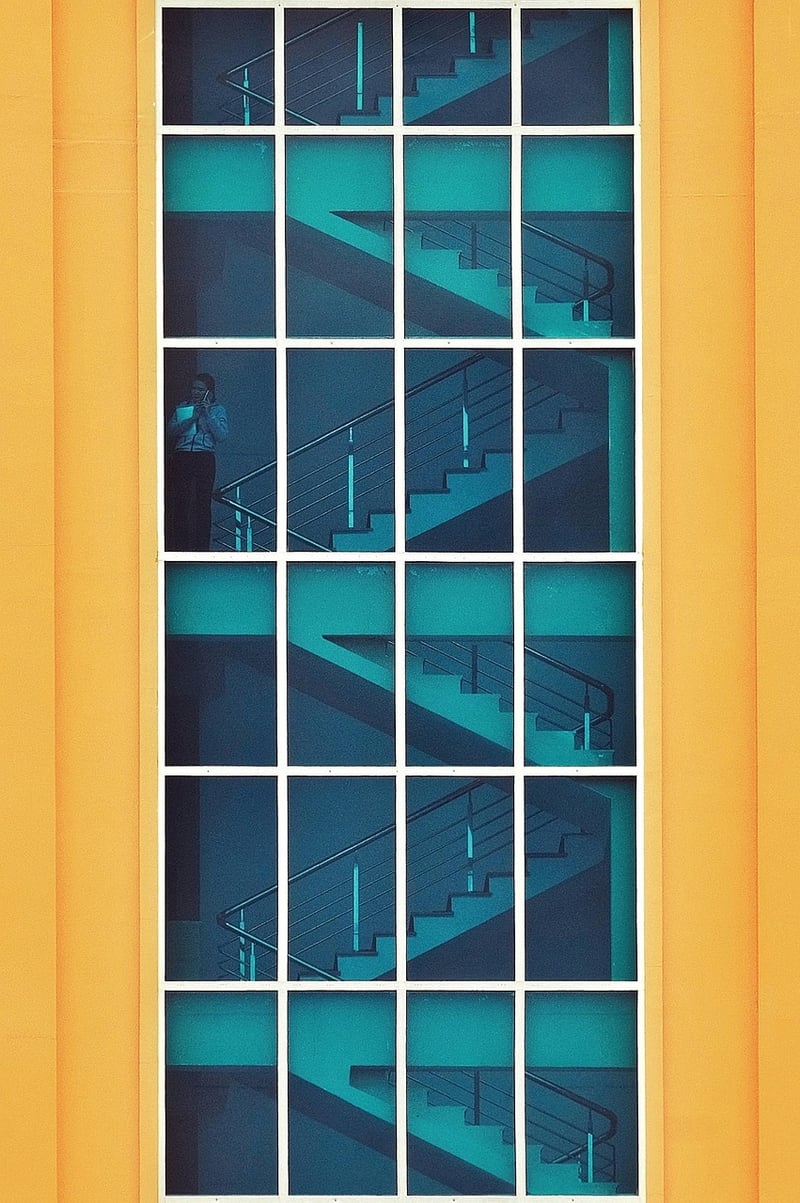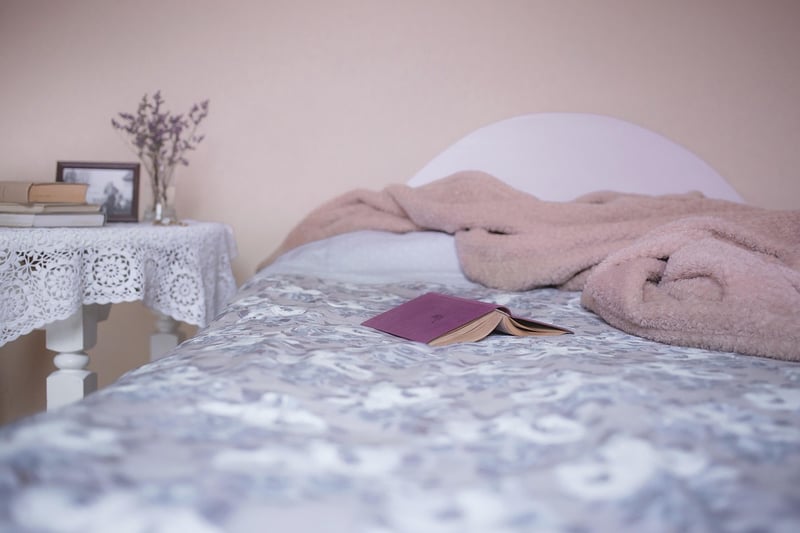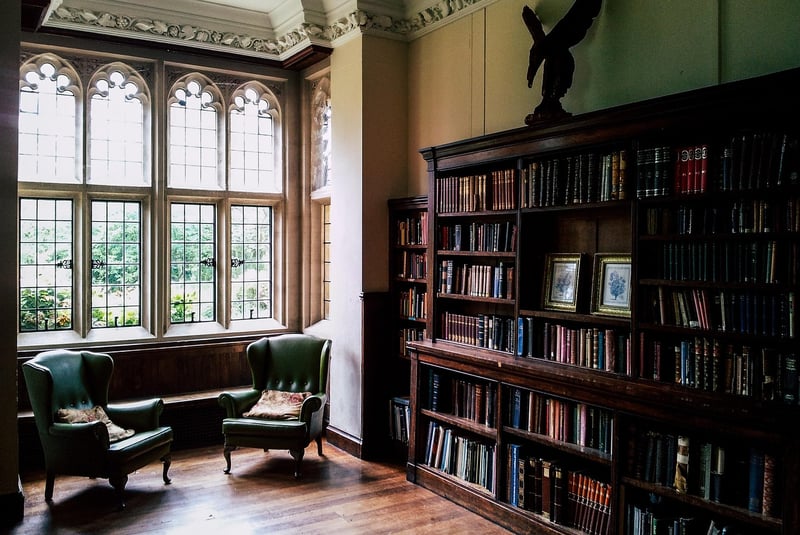Space-Saving Designs
The Art of Creative Support Structures and Space-Saving Designs
In the realm of design and architecture, the marriage of creative support structures with space-saving designs has become a hallmark of innovative and functional spaces. Whether it's in residential, commercial, or public spaces, the integration of unique support systems and efficient use of space has revolutionized the way we interact with our environments.
The Importance of Support Structures
Support structures are the backbone of any building or space, ensuring stability, safety, and longevity. While traditionally support systems were designed to be purely functional, modern architects and designers have elevated them to works of art.
From intricate steel beams that double as sculptural elements to exposed concrete pillars that add an industrial edge, support structures are now celebrated as integral design features that can enhance the overall aesthetic of a space.
Space-Saving Designs: Form Meets Function
In an era where real estate comes at a premium, space-saving designs have become a necessity. These designs focus on maximizing every square inch of a space, whether it's through clever storage solutions, multi-functional furniture, or innovative layout configurations.
From fold-down tables that disappear into walls to lofted beds that create additional living space below, space-saving designs are revolutionizing the way we think about compact living.
Examples of Creative Support Structures and Space-Saving Designs
1. The Cantilevered Staircase
Image source: View Image

The cantilevered staircase is a stunning example of a creative support structure that also serves as a design focal point. By appearing to float in mid-air, this type of staircase adds a touch of modern elegance to any space.
2. Murphy Beds
Image source: View Image

Murphy beds, also known as wall beds, are a classic space-saving solution. These beds can be folded up into a cabinet when not in use, freeing up valuable floor space in small rooms or studio apartments.
Conclusion
By embracing creative support structures and space-saving designs, designers and architects are pushing the boundaries of what is possible in the world of architecture and interior design. These innovative approaches not only enhance functionality but also elevate the aesthetics of spaces, creating environments that are both practical and visually stunning.
